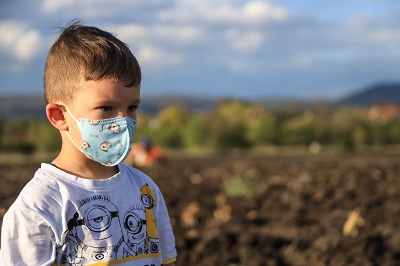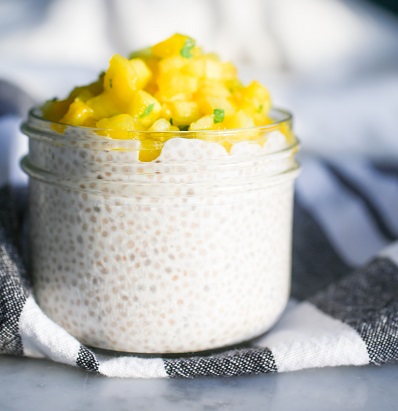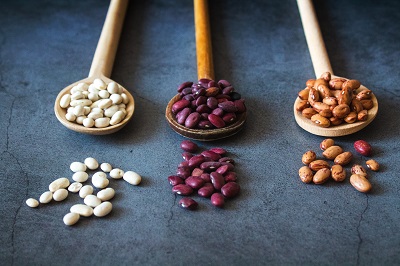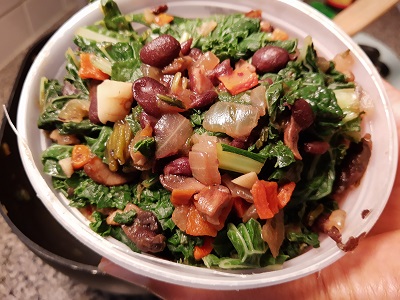Podcast Episode 35 – 9 Ways to an Immune-Boosting Lifestyle
Creating an immune-boosting lifestyle is today’s topic. Creating a good immune system is key to your health. If you need some ideas about what exactly to implement into your lifestyle, listen in on 9 ways to support your immune system. We want to come alongside you, as well, as we all continue moving toward a […]
Continue Reading



